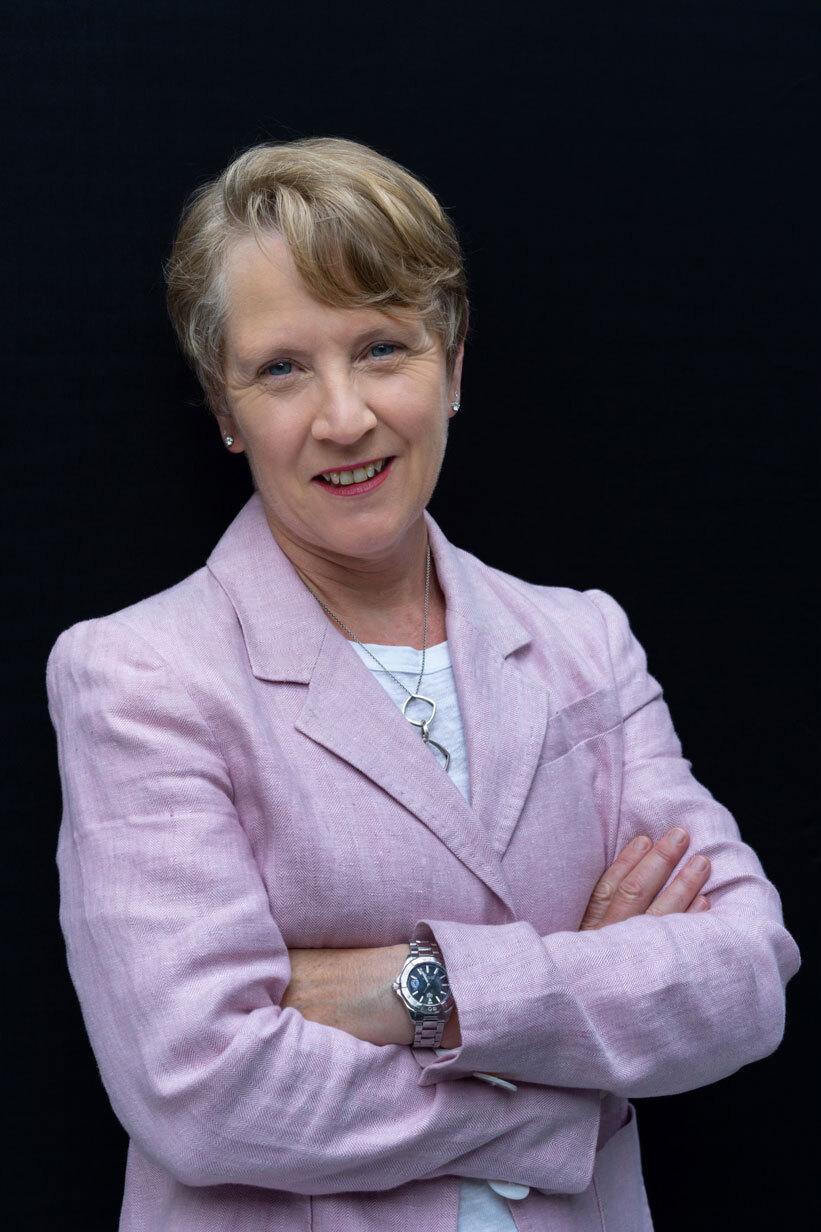Friday, July 12, 2024
Opinion: Crossing to the Same Side
Simple mistakes are often to blame for incidents at Australian level crossings but stopping them is a complex problem.

It’s the statistic I’ve heard most since I took on the role of Australia’s National Rail Safety Regulator in November last year – Australia is home to more than 23,000 level crossings. Think about this for a moment, there are more places across our country where trains interface with cars, trucks, cyclists and pedestrians than there are churches, McDonalds restaurants and petrol stations combined.
Generally speaking, even with that mind boggling number, the safety record at Australian level crossings is, by world standards, quite good. Nationwide, there were 38 level crossing collisions in 2022-2023 between trains and either trucks, cars, cyclists or pedestrians resulting in 5 fatalities and 6 serious injuries.
Of course, like our counterparts in road safety, we covet a zero-harm reality and are working extremely hard to get there. The not insignificant efforts of various state governments through multi-million-dollar level crossing removal programs and commitments to no new level crossings is helping, but it’s neither feasible nor commercially practical to imagine an Australian transport network without them.
Just last month the National Level Crossing Safety Roundtable in Brisbane was attended by more than 60 different stakeholders representing the road and rail industries, regulators, academics and researchers. It came in the wake of an incident on New Year’s Eve 2023, where two train drivers were killed when their freight train collided with a truck at a level crossing near Broken Hill. The incident prompted Pacific National Chief Executive, Paul Scurrah, to call for a national summit on the issue of level crossing safety.
The roundtable was a productive and collaborative forum and while it’s early days, I’m confident that the outcomes will drive tangible safety results. But this will only happen if that abundance of interested parties play the roles required of each of them, in good faith, to manage and address safety at level crossings.

I was energised and enthused to be part of some very intelligent and sophisticated discussion that focussed on the complexity of the problems and solutions, and with the dust now settling, stakeholders from across the rail and road industries have to stay the course. We can’t take the easy way out by bowing to age old, overly simplistic and populist viewpoints that promote single solutions such as in-vehicle alarms for cars and trucks, improved road and rail signage or strobe lighting on freight trains as silver bullets. The reality is safety at level crossings is a shared responsibility which requires significant, ongoing coordination to identify and solve the problems.
We know we need to address the continued over representation of heavy vehicles in level crossing incidents. The reality is that despite accounting for only 2 per cent of vehicles on Australian roads, trucks account for 20 per cent of the accidents at level crossings.
And we know better train illumination is part of the solution. Research conducted by the Monash Institute of Railway Technology tells us so, but while it found the addition of beacon lighting and the conversion of train lighting from halogen to LED was effective to a point, it is only under specific atmospheric conditions and operational circumstances that these solutions address some risks at level crossings. It’s also important to remember that most accidents occur during the day.
While higher profile and convenient arguments for some, these hazards are just part of the overall issue and the measures to address them are only small contributors to the solution.
At the conclusion of the National Level Crossing Safety Roundtable, ten actions were identified as integral to delivering short-, medium- and long-term level crossing safety benefits in addition to actions under the National Level Crossing Strategy. They were assigned to multiple agencies and cover topics such as driver education, camera technology, a code of practice for train visibility, better use of telematics and data, a review of the road and rail manager agreements and a renewed investigation into penalties for drivers who disobey road rules at level crossings.
This list of solutions is by no means exhaustive, nor is it a simple fix – and that’s the point. It will require a concerted, collaborative effort by all of us with a stake in safety, which, let’s face it is all of us.
It’s time for the self-interest, to give way to the public interest and for all of us to accept our share of the responsibility.
Dr. Natalie Pelham is the Chief Executive of the Office of the National Rail Safety Regulator.